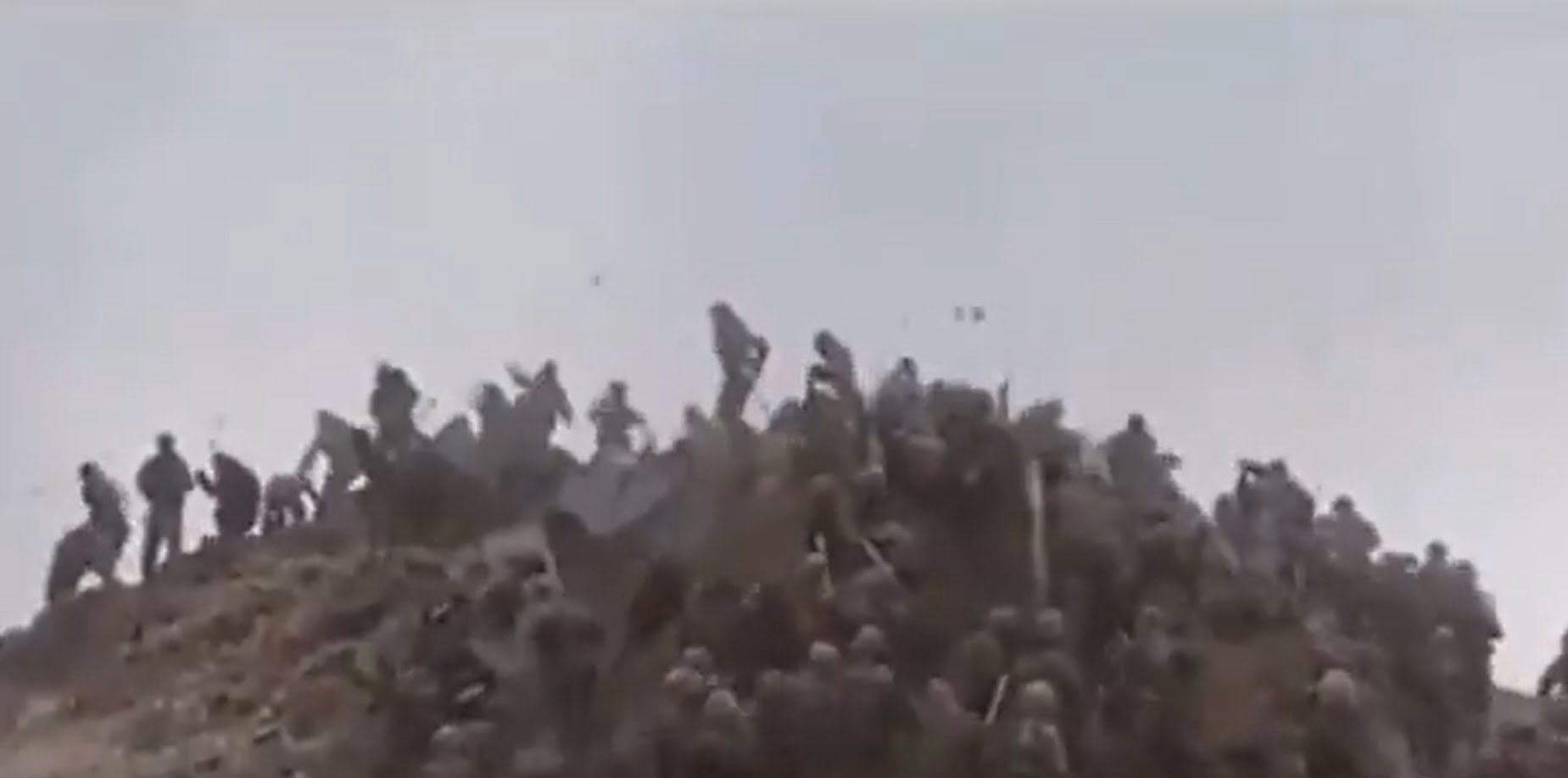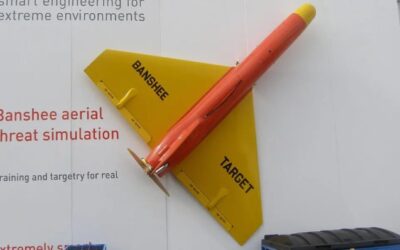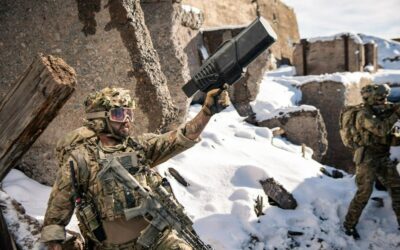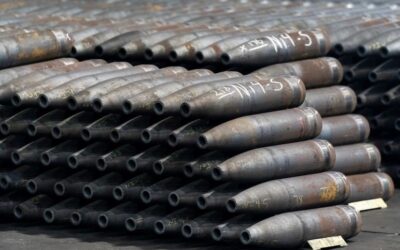MULTIMEDIA CORNER
MULTIMEDIA
CORNER

Several videos that occasionally circulate on social media show fierce clashes between Chinese and Indian troops on the border between the two countries.
In these videos, it is clear that the border forces of the two countries are fighting and throwing stones at each other. Many wonder, however, why the soldiers of India and China engage in hand-to-hand combat rather than use any weapons and what actually keeps them from doing so.
The answer lies in the two countries’ agreements signed in 1996. The 1996 agreement forced the two countries to build military confidence-building measures along the line of control on the India-China border.
“In order to avoid dangerous military activities along the line of control in the India-China border areas, neither side will open fire, cause bio-degradation, use hazardous chemicals, conduct blast operations or hunt with guns or explosives within two kilometers from the line of actual control. This prohibition will not apply to routine firing activities in small arms firing ranges,” says Article VI (1) of the 1996 Agreement.
Also read: India-China conflict | Tension resolution after the deadly clash
However, Article VI in paragraph 4 is what is applied by both states in the present case: “If the border personnel of the two sides come in a face-to-face situation due to differences on the alignment of the line of actual control of any other reason, they shall exercise self-restraint and take all necessary steps to avoid escalation of the situation. Both sides shall also enter into immediate consultations through diplomatic and/or other available channels to review the situation and prevent any escalation of tension.”
However, none of the articles of the agreement foresaw this development, i.e. hand-to-hand combat without the use of weapons, resulting in incidents such as the one in June 2020, where 20 Indian soldiers were killed in fights with Chinese soldiers.
In this clash, the Chinese border guards used improvised bats with blades and nails.
https://twitter.com/ajaishukla/status/1273478468919951361
The Indian military later said 17 of the dead soldiers wounded in the fights had “succumbed to their injuries” after being “exposed to sub-zero temperatures at high altitude”. India also claimed that the Chinese side suffered 43 casualties, including dead and wounded.
The Indian Express, citing Indian Army officials, said most of the soldiers who clashed with the Chinese soldiers were carrying their personal weapons and ammunition.
This is the case, confirmed by videos and photos of patrols showing soldiers carrying their weapons but with their barrels facing down. This is part of the practice to avoid accidental firing or misunderstanding due to the barrel of the weapon.
According to the report, since 1962 not a single round has landed on the Sino-Indian border (i.e. India and China) in Ladakh, and so this practice has passed on to soldiers who do not open fire for any reason.
In such an environment, any other weapon that does not fire any form of ammunition has been accepted for use by soldiers in hand-to-hand combat. Although people were injured in such clashes, no one died due to the use of rocks and sticks. However, the violent use and processing of these weapons is increasing over time, as observed during the Pangong Tso clash on May 5/6, which injured more than 70 Indian soldiers.
Also read: India-China conflict | Tension resolution after the deadly clash
The report in the Indian Express quoted reliable sources, reported that the Indian Army has ordered full body protectors and anti-riot gear for soldiers deployed in these areas, giving credence to the notion that no Indian soldier will open fire. Last summer’s incident happened under these circumstances, although the Army’s rules of engagement allow soldiers to open fire if their lives or the lives of their brethren are threatened.
Indian Army officials, however, say there is another side to the story. During the conflict, where Indian and Chinese soldiers clashed hand to hand, it was very difficult to open fire without hitting any of their men. This, they claim, was the reason why the soldiers did not open fire even when their Commander and 19 other men were killed and 10 others were taken prisoner.
Despite the questions about the terms of engagement created by these fights, fortunately for the two countries, but also for the rest of us, the tensions do not escalate. These are two giant armies with nuclear weapons. In the event of a complete conflict, with the use of all military means, the consequences for the region and the entire planet will be catastrophic and irreversible.
Also read: 2020 | A year full of wars – The deadliest conflicts around the world
Delphi Economic Forum IX | Nikos Papatsas and the need for a collective effort to restructure the European defence industry
The need for enhanced cooperation of the Western powers in the field of Defence was underlined by Mr. Nikolaos Papatsas, Senior Partner of…
Delphi Economic Forum IX | Christian Chatziminas on re-industrialization and high technology in entrepreneurship
Mr. Christian Chatziminas, Founder & CEO of THEON GROUP and President of the Hellenic Entrepreneurs Association, participated in…
Heraklion | Aerial target washes up on beach – Taken for drone from Iran
Yesterday Sunday, intense confusion was caused on a beach in Heraklion, Crete, when an aerial target used in shooting ranges to test…
A reluctant alliance? A different approach to French – Serbian defence relations
It has only been a few months since Croatia started receiving the first of the Rafale fighter jets it ordered from France.
Agamemnon | The new Astute-class HMS nuclear submarine of the Royal Navy
The British Royal Navy has named the newly-built Astute-class nuclear-powered submarine HMS Agamemnon. Doing so, the…
NSPA | Awards first C-sUAS multinational contract in NATO’s history
The NATO Support and Procurement Agency (NSPA) has approved the first Counter-small UAS (C-sUAS) procurement framework agreement…
USA | Signs bill on military aid to Ukraine
US President Joe Biden has signed a bill providing Ukraine with billions of dollars in new aid for its war with Russia, marking a rare…
DefenceEduNet | The “Defence Industry, Higher Education and Research Interconnection Company” signs Articles of Association
A decisive step for the Greek Defence Industry was taken last week with the signing of the Articles of Association of the Defence Industry…
SIPRI | New record in global military spending
In 2023, global military spending set a new record for the ninth consecutive year, according to research by SIPRI, the Stockholm-based…



















0 Comments